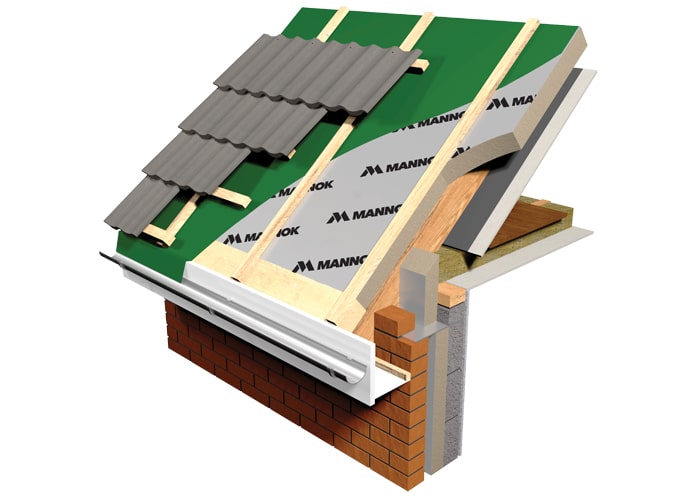Fiberglass insulation has long been a popular choice for homeowners and builders alike due to its excellent thermal insulation properties. However, one aspect that often raises eyebrows is its relatively high cost compared to other insulation materials. In this article, we will delve into the reasons behind the expensive nature of fiberglass insulation, shedding light on the various factors that contribute to its price tag.
- Raw Material Costs:
Fiberglass insulation is primarily made from glass fibers, which are derived from silica sand, limestone, and soda ash. The production process involves melting these raw materials at high temperatures and then spinning them into fine fibers. The cost of sourcing and processing these materials, especially in regions with limited availability, can significantly impact the overall cost of fiberglass insulation. - Energy Consumption:
The manufacturing process of fiberglass insulation requires substantial energy inputs. From melting the raw materials to curing and shaping the fibers, each step demands a considerable amount of energy. Fluctuations in energy prices can directly influence the cost of production, subsequently affecting the final price of the insulation product. - Quality Standards and Testing:
To ensure the effectiveness and safety of fiberglass insulation, rigorous quality standards and testing procedures are in place. These standards require manufacturers to meet specific criteria regarding thermal resistance, fire resistance, and durability. Compliance with these standards necessitates additional investments in research, development, and testing facilities, all of which contribute to the overall cost of fiberglass insulation. - Installation Complexity:
Proper installation of fiberglass insulation is crucial for achieving optimal thermal performance. Unlike some other insulation materials, fiberglass requires careful handling and precise installation techniques to avoid compressing the fibers, which can reduce its effectiveness. The complexity involved in installing fiberglass insulation correctly often requires professional expertise, adding to the overall cost when hiring insulation contractors. - Health and Safety Regulations:
Fiberglass insulation, like any other construction material, is subject to health and safety regulations. Manufacturers must adhere to strict guidelines to minimize potential health risks associated with handling and exposure to fiberglass fibers. Compliance with these regulations often involves implementing additional safety measures, such as providing protective gear for workers and investing in ventilation systems, which can contribute to the higher cost of fiberglass insulation.
Conclusion:
The higher cost of fiberglass insulation can be attributed to a combination of factors, including raw material costs, energy consumption, quality standards, installation complexity, and health and safety regulations. While the initial investment may seem steep, it is important to consider the long-term benefits of fiberglass insulation, such as energy savings and improved comfort. By understanding the underlying reasons for its expense, homeowners and builders can make informed decisions when selecting insulation materials for their projects.

